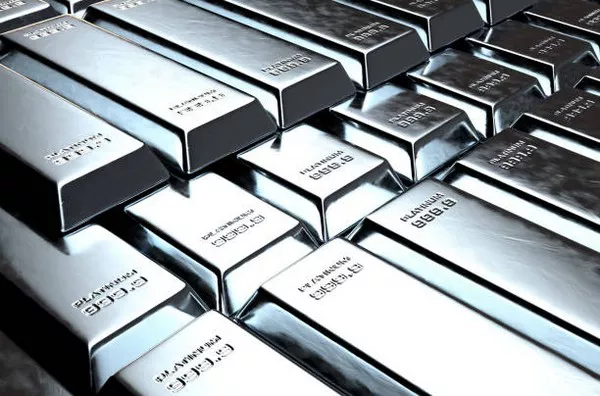Silver has long been valued as a precious metal with both historical and modern significance as an investment. Throughout history, silver has been used as currency and held as a store of wealth. In modern times, silver continues to play a crucial role in investment portfolios due to its unique properties, scarcity, and industrial applications. Investors turn to silver as a hedge against inflation, currency devaluation, and economic uncertainty.
Physical Silver Investments
Coins and Bullion
Investing in physical silver, such as coins and bullion, appeals to many due to tangible ownership and intrinsic value. Coins like American Silver Eagles and Canadian Maple Leafs are popular among collectors and investors alike. Bullion bars offer larger quantities of silver at lower premiums. Understanding the distinction between coins (numismatic value) and bullion (value based solely on metal content) is key for investors.
Storage and Insurance
Owning physical silver requires careful consideration of storage and insurance. Storing silver securely is essential to protect against theft and damage. Professional storage services and home safes are common options. Insurance coverage ensures protection against potential losses due to theft, fire, or other hazards.
Paper Silver Investments
Silver ETFs
Silver Exchange-Traded Funds (ETFs) provide exposure to silver prices without physical ownership. ETFs hold physical silver as assets, allowing investors to trade shares like stocks. This method offers liquidity and convenience while tracking the silver spot price.
Silver Mining Stocks
Investing in silver mining stocks involves buying shares of companies engaged in silver extraction. Stock prices are influenced by factors like production costs, reserve quality, geopolitical risks, and overall market sentiment. Silver mining stocks can offer leverage to silver prices but carry additional company-specific risks.
Silver Mutual Funds and ETNs
Silver mutual funds and Exchange-Traded Notes (ETNs) invest in various silver-related assets, including mining stocks, futures contracts, and physical silver. These funds can offer diversified exposure to the silver market but may have higher management fees and risks associated with fund management.
Futures and Options
For advanced investors, silver futures and options provide exposure to price movements without owning physical silver. Futures contracts involve agreements to buy or sell silver at a future date, while options grant the right (but not obligation) to trade silver at a predetermined price. These derivatives carry significant risks and require in-depth market knowledge.
Digital Silver Platforms
Digital platforms enable investors to buy and sell silver electronically. These platforms often represent physical silver holdings through digital tokens or certificates, providing flexibility and accessibility.
Investment Strategies
Dollar-Cost Averaging
Dollar-cost averaging involves investing a fixed amount regularly in silver, regardless of market conditions. This strategy reduces the impact of price fluctuations over time and is suitable for long-term investors seeking to average out market volatility.
Diversification
Silver plays a crucial role in diversifying investment portfolios. Its low correlation with other assets can help reduce overall portfolio risk and enhance stability during economic downturns.
Risks and Considerations
Each silver investment option carries specific risks. Physical ownership involves storage costs and risks of theft or damage. Paper investments are subject to market volatility and counterparty risks. Futures and options trading requires expertise and entails potential losses beyond initial investments.
Market Analysis
The silver market is influenced by various factors, including industrial demand, global economic conditions, inflation, currency fluctuations, and investor sentiment. Monitoring these factors is essential for informed investment decisions.
How to Get Started
Education: Understand different investment options and their associated risks.
Set Goals: Define investment objectives and time horizon.
Choose Method: Select a preferred investment method based on risk tolerance and expertise.
Open Account: Establish accounts with reputable brokers or platforms.
Execute Plan: Implement investment strategy while monitoring market developments.
See also A Comprehensive Guide to Buying Silver in Australia
Conclusion
Silver investment offers diversification benefits and a hedge against economic uncertainty. Whether through physical ownership, paper investments, or digital platforms, understanding the nuances of each method is crucial for successful investing. By employing sound investment strategies and staying informed, investors can harness the potential of silver to preserve wealth and achieve financial goals in the long term.


